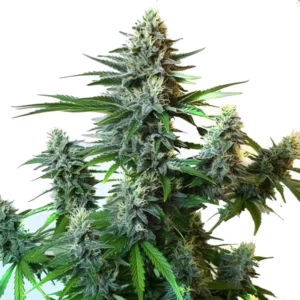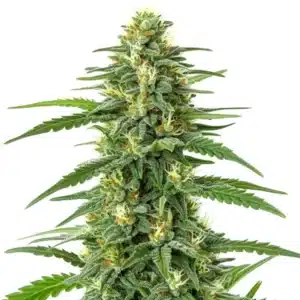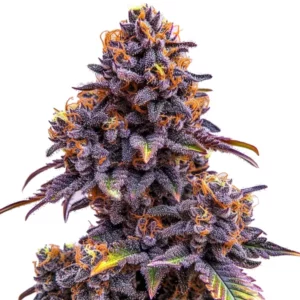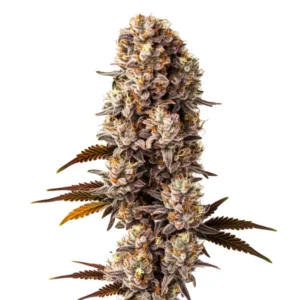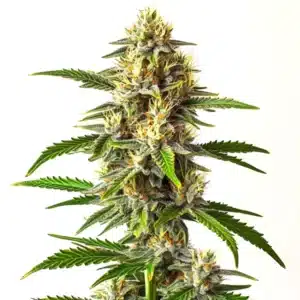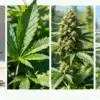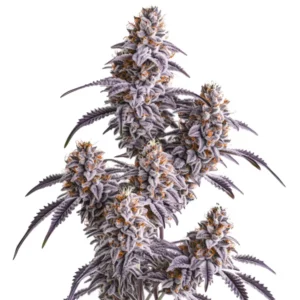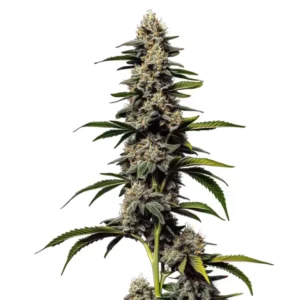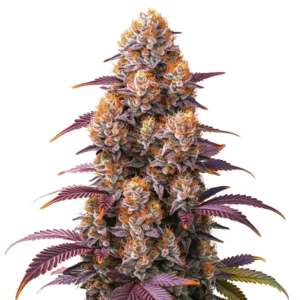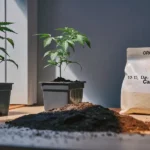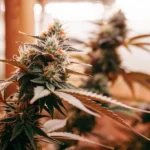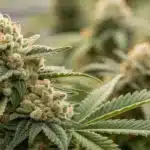
Speaking in Leaves: A Grower’s Guide to Wrinkles, Curls, and Claws
Your cannabis plant’s leaves are its face. They are the most honest part of the plant, and they will tell you everything you need to know about its health and happiness, long before a real disaster strikes. You just have to learn to speak their language.
Wrinkled, twisted, or curling leaves are a clear sign of stress. But don’t panic. It’s time to play detective.
Recommended Strains
GG Autoflower F1
|
|
THC | 24% - 28% (High) |
|
|
Type | Autoflowering F1 |
|
|
Yield | High |
|
|
Phenotype | 40% Indica / 60% Sativa |
GG Lemon
|
|
THC | 19% - 25% (Medium) |
|
|
Type | Feminized |
|
|
Yield | High |
|
|
Phenotype | 60% Indica / 40% Sativa |
The First Clue: Reading the Plant’s Posture
Before we even diagnose the wrinkle, let’s look at the plant’s overall body language. A happy, healthy cannabis plant has a distinct posture. Its big fan leaves will be perky and angled slightly upwards, reaching for the light like the hands of a clock showing 10 and 2. This is what growers call “praying.” It’s the sign of a plant that is full of life and energy. If your leaves are hanging down limp and sad, that’s your first signal that something is wrong.
Promos & Deals
The Master Diagnostic: Curling UP vs. Curling DOWN?
Okay, so your leaves are wrinkled and curling. Now for the most important diagnostic question you will ever ask: Are they curling UP or are they curling DOWN? The answer tells you almost everything you need to know.
Curling UP (The Claw): If the tips and edges of your leaves are curling upwards, often looking dark green, shiny, and burnt, you are looking at the dreaded “claw.” This is a classic sign of TOO MUCH.
- Too many nutrients (nute burn from an excess of salts).
- Too much heat.
- Too much light intensity. Your plant is being overwhelmed and is trying to protect itself. The solution is almost always to back off. Reduce your feeding, raise your lights, or increase your ventilation.
Curling DOWN: If your leaves are curling downwards, often looking weak, limp, and wilted, it’s a sign of NOT ENOUGH.
- Not enough oxygen at the roots (from overwatering).
- Not enough water in the roots (from underwatering).
- Not enough nutrients being absorbed (usually a nutrient deficiency caused by an incorrect pH).
If you see the downward curl, your first step isn’t to feed it more. It’s to check your watering practices and, most importantly, confirm your watering pH is locked in at a stable 6.0.
The Lungs of the Plant
It can be tempting to want to remove the ugly, wrinkled leaves. But you must be careful. Your plant’s leaves are its lungs. They are the solar panels and the respiratory system that power all of its growth. Never strip a plant of healthy leaves just for looks. You should only remove a leaf if it’s more than 50% dead and yellowing. More healthy leaves means more power.
And remember to keep those lungs clean. Pests love to hide and lay their eggs on the underside of the leaves. A gentle spray of clean water on the undersides every 15 days (in the early morning or evening, never in direct sun!) will keep the plant’s breathing pores clean and evict any unwanted guests. This is a fundamental part of nurturing a Homegrown garden that can truly Thrive.
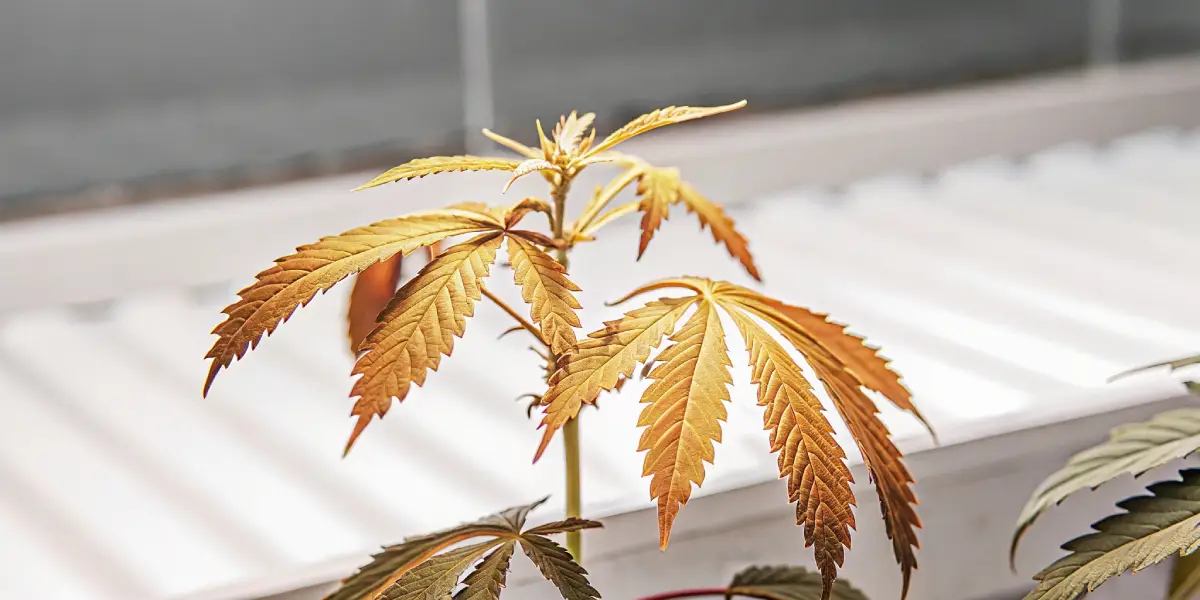
Frequently Asked Questions
What’s the difference between cannabis leaves curling up and curling down?
This is the key diagnostic trick. Leaves curling UP (like a claw) is almost always a sign of “too much”, too many nutrients (nute burn), too much heat, or too much light. Leaves curling DOWN is almost always a sign of a problem in the root zone, usually “not enough” oxygen (from overwatering) or water.
What does a happy, healthy cannabis leaf look like?
A happy leaf is perky and full of life. It will be angled slightly upwards towards the light source, a posture growers call “praying.” A great visual is to think of the hands of a clock showing the time 10 and 2.
Why is it important to clean the underside of the leaves?
For two main reasons. First, the underside of the leaf is where the plant “breathes” through tiny pores called stomata. Keeping them clean helps the plant transpire efficiently. Second, it’s the favorite hiding and egg-laying spot for common pests like spider mites and aphids. Regular cleaning is great preventative maintenance.
Should I remove wrinkled or damaged leaves from my plant?
Only if they are mostly dead (more than 50% yellow or brown). Remember that the leaves are the “lungs” and solar panels of your plant. Even a slightly damaged leaf is still providing energy for the plant. Removing too many leaves can stress the plant and slow down its growth.


